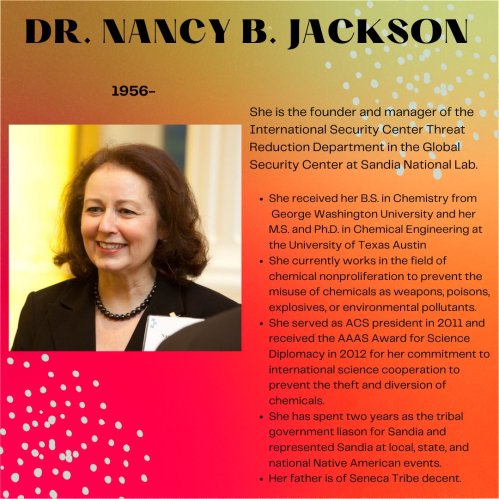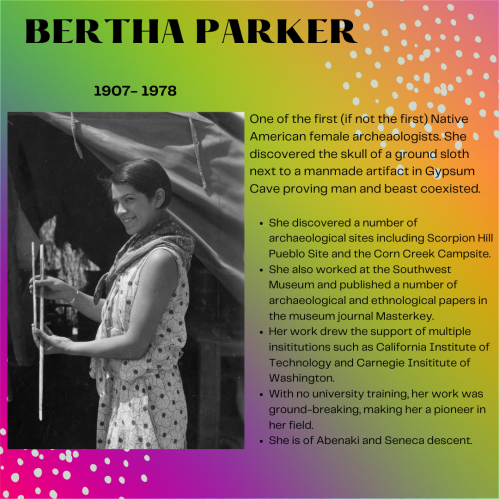As I write this, I first want to acknowledge the land the University of Minnesota is on. These are the original homelands of the Dakota and Ojibwe Nations. It is important for us to note and respect the Indigenous peoples who were forcibly removed from this land and those who are still connected to this land. But more importantly, we must do our part in acknowledging their continued displacement from their land, make an effort to incorporate Indigenous knowledge into our work, and highlight and create genuine relationships and partnerships with Indigenous communities and peoples.
In the past year, many efforts worldwide have been making great strides in highlighting BIPOC in STEM on social media. BlackinSTEM, LatinxinSTEM, etc. have all been incredible movements that have not only brought attention to BIPOC communities who truly deserve it, but increased visibility for the next generation of diverse STEMists. When thinking about diversifying STEM fields we must constantly make strides in including Native and Indigenous voices in these changes.
For Native and Indigenous Heritage Month, I decided to use Twitter to highlight Native and Indigenous STEMists who have contributed significant work to their field, to their community, and to their Native tribes. This blog post is a compilation of that series of tweets.







focusing on developing fuels from alternative sources. She also founded the International Chemical Threat Reduction Department in the Global Security Center (image by Conrad Erb, from the Science History Institute)




Additional Resources
- Territory Acknowledgements
- American Indian Science and Engineering Society (AISES)
- Aaron Yazzie: website
- Grace Bulltail: AISES board profile
- Kate Milligan-Myhre: faculty profile
- Mary Jo Ondrechen: AISES profile by Kimberly Durmen
- Mary G. Ross: National Park Service profile
- Gary Burnette: AISES profile by Chris Warren
- Nancy B. Jackson: AAAS profile
- Edna Paisano: Wikipedia profile
- Kōnane Bay: website
- Kathleen Johnson: Earth Magazine profile by Kate S. Zalzal
- Bertha Parker: Bertha Parker, the trailblazing first Indigenous North American archaeologist, taught herself how to excavate a site by Ashley Marranzino in Massive Science
